Choosing the right interactive flat panel (IFP) for your classroom, conference room, or office can be daunting with so many options on the market. But fear not! In this article, we’ll compare EDLA (Enterprise Device Licensing Agreement) interactive displays and standard interactive flat panels, helping you make an informed decision.
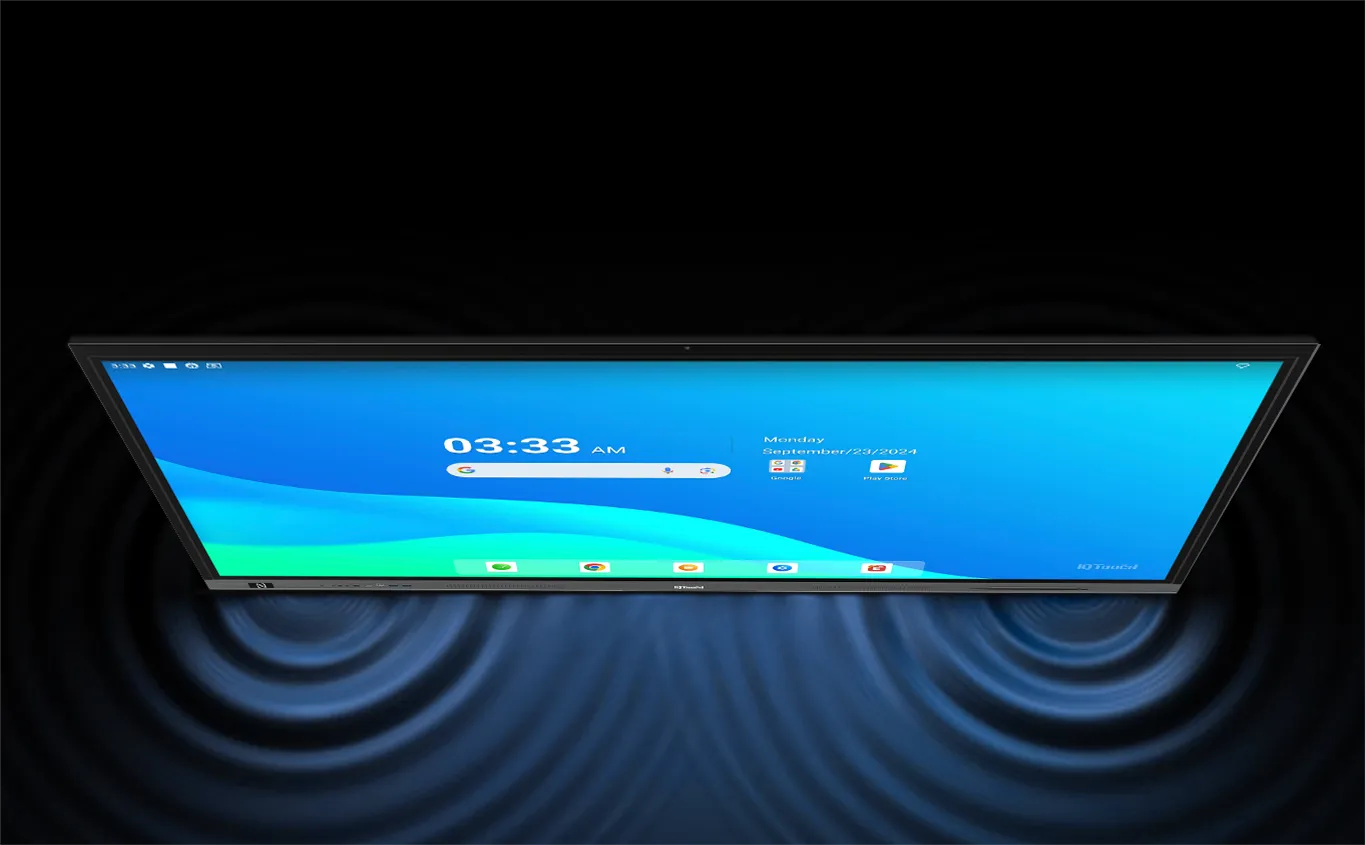
Interactive displays are transforming how we communicate and collaborate.
In education, they enhance student engagement and foster interactive learning. In businesses, they streamline meetings and collaboration. With the rise of digital tools, these displays are essential for improving productivity and communication in both academic and corporate environments.
An interactive flat panel is a digital touchscreen display that allows users to interact with content directly. It’s commonly used in classrooms, conference rooms, and meeting spaces, offering touch capabilities for presentations, collaboration, and content sharing. Compared to traditional whiteboards, these displays offer enhanced functionality and more dynamic, real-time interaction.
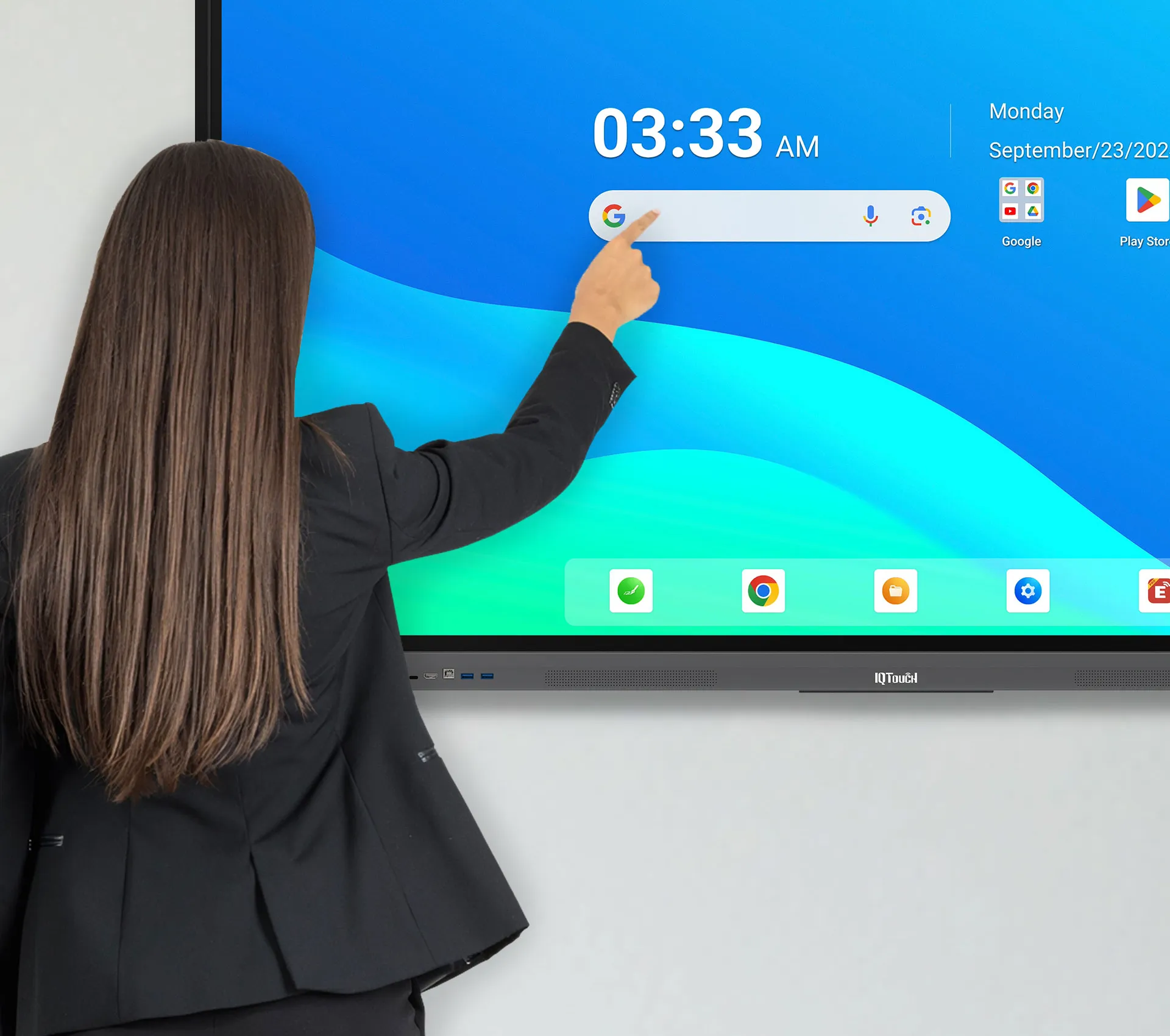
Now, let’s explore the two main types of interactive displays: Google EDLA and Standard Displays. Understanding their differences will help you decide which is more suitable for your needs.
Google EDLA stands for Enterprise Device Licensing Agreement, which gives organizations access to Google’s suite of apps and services. It ensures deep integration of tools like Google Meet, Google Classroom, and Google Drive into interactive displays. This provides a seamless, unified user experience for businesses and educational institutions that already rely on Google tools.
The main advantage of Google EDLA is its integration with Google’s ecosystem. This makes it easy to manage and access Google services, such as Google Docs or Google Meet, directly from the interactive display, making collaboration and content sharing simpler and more efficient.
Standard interactive displays are touchscreens that can work with multiple operating systems, such as Windows, Android, or even custom platforms. These displays offer versatility but may lack the seamless software integration that Google EDLA provides. They are typically used in a variety of settings, from classrooms to conference rooms, and can be customized for different needs.
Standard displays offer a variety of features, including high-definition touchscreens, writing capabilities, and media sharing options. However, they may not offer the deep integration of apps and services that Google EDLA-powered displays provide, which can limit their functionality in certain contexts.

Understanding the key differences between Google EDLA and standard interactive displays can help you make an informed decision.
Google EDLA displays are optimized for speed, ease of use, and integration with Google’s services. They offer a more streamlined experience, especially for users familiar with Google’s interface. Standard displays, while versatile, may require more setup and customization to deliver a similar experience.
Google EDLA displays tend to be faster and more responsive due to their integration with Google’s cloud services and software. In contrast, standard displays may have varying performance levels depending on the system they are running, which can affect user experience.
The user interface of Google EDLA-powered displays is designed for easy navigation, especially for organizations that already use Google tools. Standard displays offer flexibility in terms of software, but they might lack the simplicity and consistency of a Google-powered system.
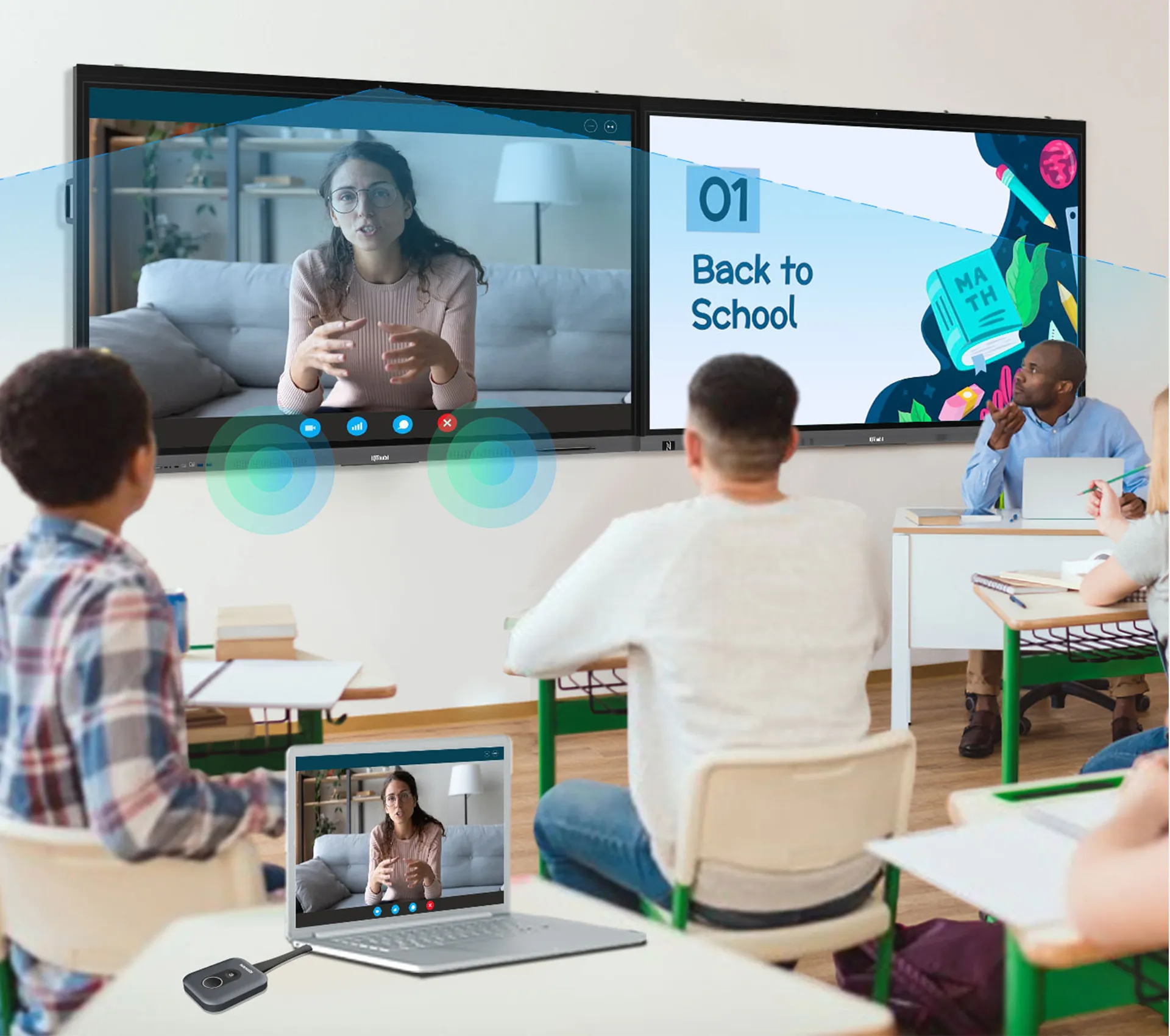
Standard displays typically offer more flexibility when it comes to compatibility with a range of devices and operating systems. However, Google EDLA systems are tightly integrated with the Google ecosystem, which can streamline workflows if your organization is already using Google tools.
One of the primary advantages of Google EDLA is its seamless connection with Google’s cloud-based tools. This makes it easy to manage, update, and secure all devices within the Google ecosystem, ensuring a cohesive user experience.
While standard displays offer more compatibility with third-party software and devices, this can sometimes lead to a fragmented experience, as not all tools and platforms integrate as smoothly as with Google’s native apps.
Security is a major consideration when choosing an interactive display, especially for organizations handling sensitive data. Google EDLA-powered displays benefit from Google’s robust security infrastructure, offering automatic updates, encryption, and protection from potential threats.
With Google EDLA, all devices are protected by Google’s extensive security protocols, including end-to-end encryption and secure cloud storage. This ensures that your data remains safe and compliant with industry standards.
While many standard displays offer basic security features, they may not provide the same level of data protection and encryption as Google EDLA-powered systems. Additional security measures may need to be implemented manually.
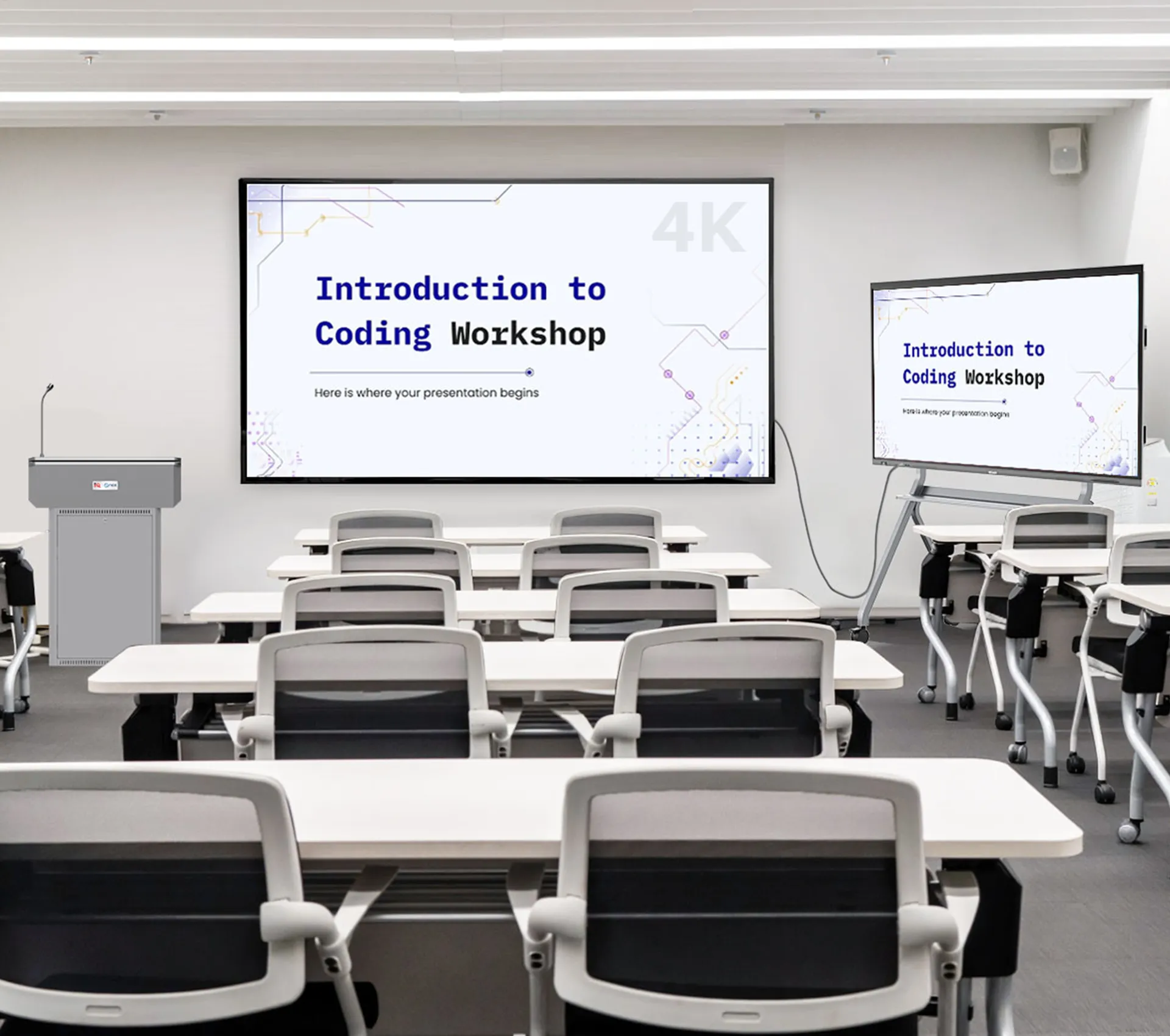
Google EDLA-powered interactive displays offer several benefits that can enhance collaboration and productivity in both educational and business settings.
Google EDLA displays are designed to integrate smoothly with Google’s suite of applications, making it easier to collaborate, communicate, and manage content. This seamless integration is especially beneficial in classrooms and businesses that are already utilizing Google tools.
For educational institutions, the ability to use Google Classroom, G Suite, and other Google apps directly on the display makes it easy to create, share, and collaborate on lessons. This integration helps streamline the learning experience for both teachers and students.
Another significant benefit of Google EDLA is its scalability. Whether you’re managing a single classroom or a network of offices, Google EDLA systems can be customized to fit your needs, providing flexibility and room for growth.
Google EDLA displays can be deployed across multiple devices and locations, ensuring that users have access to the same tools and features no matter where they are. This is especially useful for large organizations or schools with multiple campuses.
While Google EDLA offers several advantages, standard displays also have their own set of benefits, especially in certain scenarios.
One of the key benefits of standard interactive displays is their budget-friendliness. They tend to be more affordable than Google EDLA systems, making them a great choice for smaller businesses or educational institutions with tighter budgets.
Standard displays are often available at lower price points, which can make them a more accessible option for schools or businesses that need to keep costs down. Despite the lower cost, many still offer high-quality touchscreens and robust performance.
The main drawback of standard displays is the lack of seamless integration with specific software or services. While they are versatile, users may experience difficulty syncing with various platforms or ensuring smooth performance across different devices.
Standard displays don’t come with the same built-in software ecosystem that Google EDLA systems offer. This can result in extra work to integrate third-party applications and ensure compatibility, which may increase setup time and potential issues down the road.
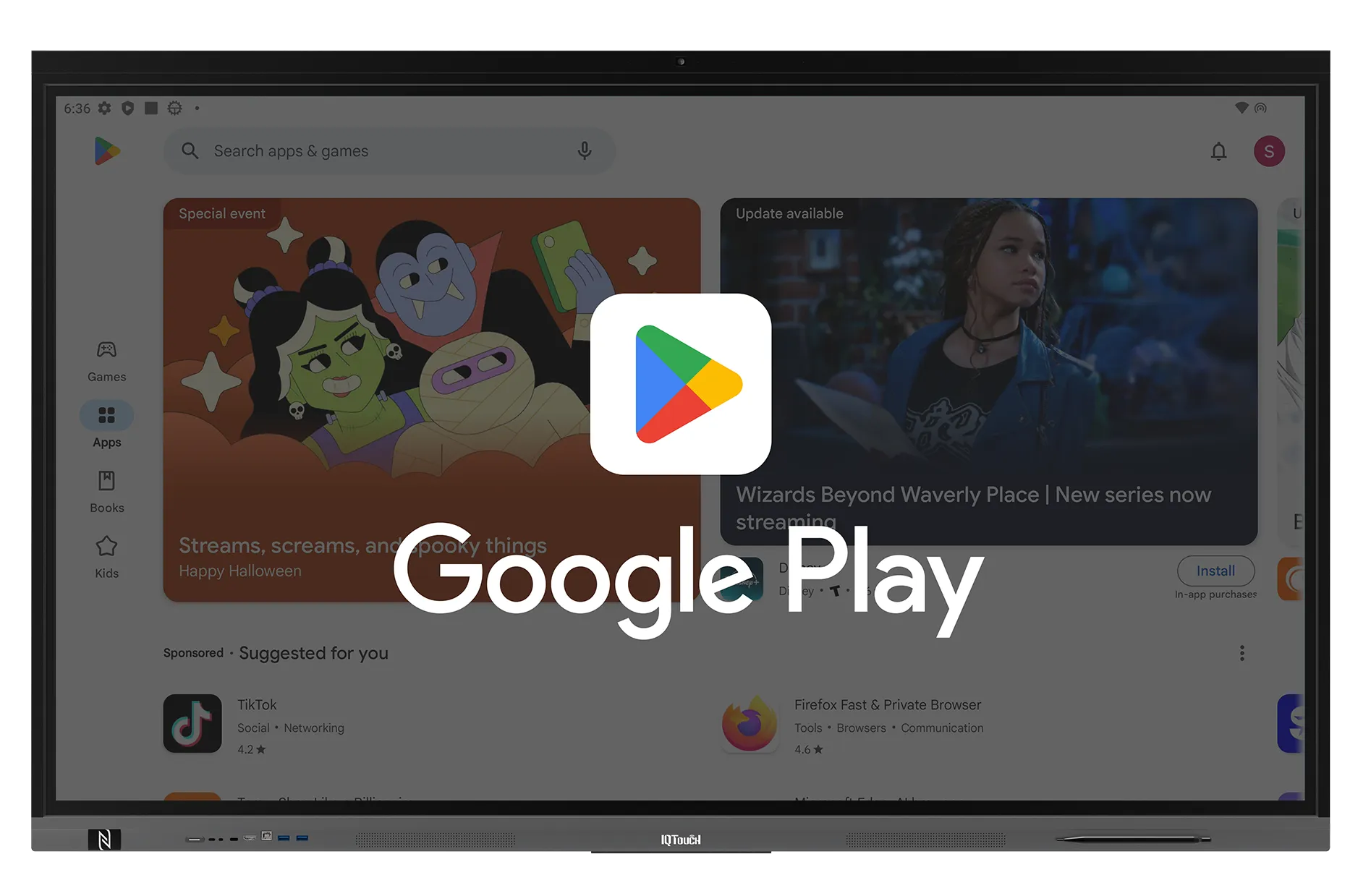
When selecting the best interactive display, several factors need to be taken into consideration to make the right choice for your specific needs.
Some of the key considerations include budget, intended use, and long-term needs. For example, if your organization already uses Google services, investing in a Google EDLA-powered display might offer better long-term value. Conversely, if your budget is limited, a standard display might be a more cost-effective solution.
Budget is often a deciding factor. While Google EDLA displays offer many advanced features, they can come with a higher price tag. Standard displays may be more affordable, though they may lack some of the built-in advantages of Google’s ecosystem.
Consider what the display will be used for—whether it’s for teaching, meetings, or collaboration. Google EDLA displays are especially beneficial for educational institutions that rely on Google’s tools, while standard displays offer greater versatility across different platforms.
Google EDLA is the ideal choice if you want an integrated system with secure access to Google’s suite of apps and services. It’s particularly beneficial in environments that require seamless collaboration and easy content management.
For schools using Google Classroom or businesses relying on Google Meet for virtual meetings, Google EDLA displays are the clear winner. They offer an integrated, cloud-based experience that enhances collaboration.
In educational settings, Google EDLA makes lesson planning, collaboration, and student engagement much more efficient. In corporate settings, it improves team collaboration, particularly for remote or hybrid teams who need access to Google services.
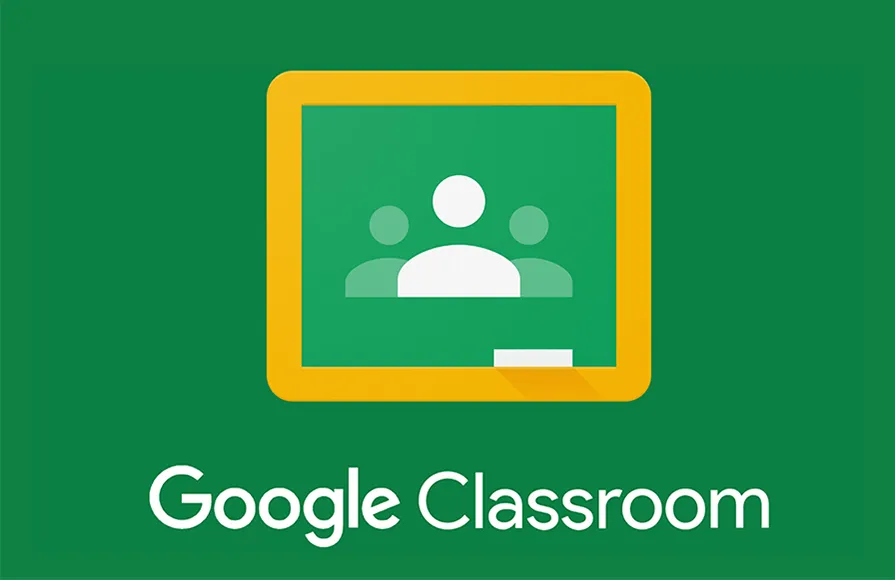
In conclusion, both Google EDLA-powered interactive displays and standard displays have their advantages. If your organization already uses Google’s suite of apps, the seamless integration and security features of Google EDLA make it a great option. However, if flexibility and affordability are your priorities, a standard display may suit your needs better. Carefully considering your budget, intended use, and existing infrastructure will help guide your decision.
Interested in learning more or seeing how our products fit your needs? Contact us today!
What is the main advantage of Google EDLA over standard displays? Google EDLA provides seamless integration with Google’s suite of tools, enhancing collaboration and productivity in organizations that use Google services.
Can standard interactive displays support Google apps? Yes, but they don’t offer the same level of seamless integration and cloud-based features as Google EDLA-powered displays.
Are Google EDLA displays more expensive than standard displays? Typically, yes. Google EDLA displays come with built-in features and security protocols, which may make them costlier than standard displays.
Which type of display is best for classrooms? If your school uses Google tools like Google Classroom, a Google EDLA-powered display would offer the best experience.
Do standard displays support touch functionality? Yes, most standard displays offer touch functionality, but they may lack the specific integrations found in Google EDLA displays.
Here are some other articles that we think might interest you:
Will EDLA Replace Traditional Interactive Flat Panels
How to Revolutionize Your Office with Google EDLA IFPD
How to Choose the Best EDLA Supported Interactive Flat Panel for Your Needs
Copyright © 2017.Returnstar Interactive Technology Group Co., Ltd All rights reserved.
